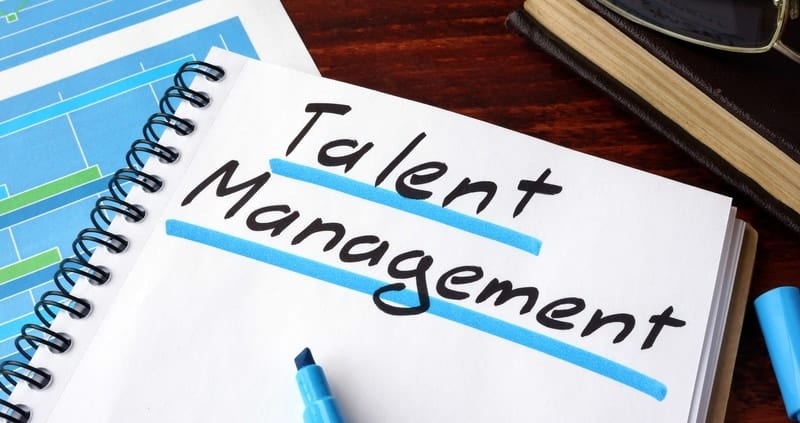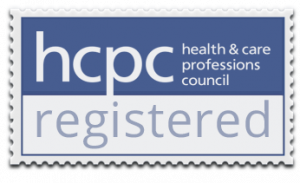Today we have a guest blog from Danny Diaz who runs Inningace in Kissimmee, Florida. He has written an excellent piece on the retention of employees particularly related to their age and interests.
 The success of any organization depends in large part on how it can maximize its assets – and these include people. During the turn of the millennium, the term “war for talent” became popular. It was used to refer to the increasingly fierce battle to attract and keep employees during a time when there was a shortage of capable workers. Nearly 20 years later, the competition for such a valuable and sometimes scarce resource is still raging on. During the Conference Board’s 2016 survey of global CEOs, the issue that business leaders deal with the most( https://www.mckinsey.com/business-functions/organization/our-insights/attracting-and-retaining-the-right-talent# ), is the “failure to attract and retain top talent.” It is important then for an organization to find the right people and get them onboard. Furthermore, it is equally crucial to get these people to stay with the company in the long haul. Failure to do so would not only lead to loss of human capital, but could also incur cost of employee turnover. https://technium.ca/cost-of-employee-turnover/
The success of any organization depends in large part on how it can maximize its assets – and these include people. During the turn of the millennium, the term “war for talent” became popular. It was used to refer to the increasingly fierce battle to attract and keep employees during a time when there was a shortage of capable workers. Nearly 20 years later, the competition for such a valuable and sometimes scarce resource is still raging on. During the Conference Board’s 2016 survey of global CEOs, the issue that business leaders deal with the most( https://www.mckinsey.com/business-functions/organization/our-insights/attracting-and-retaining-the-right-talent# ), is the “failure to attract and retain top talent.” It is important then for an organization to find the right people and get them onboard. Furthermore, it is equally crucial to get these people to stay with the company in the long haul. Failure to do so would not only lead to loss of human capital, but could also incur cost of employee turnover. https://technium.ca/cost-of-employee-turnover/
Work Force Generations
One of the first things you need to know in attracting and retaining adept employees is to have an understanding and appreciation of the multigenerational workforce. Often, companies have employees who belong to different generations. In fact, it is the first time in history (https://www.purdueglobal.edu/education-partnerships/generational-workforce-differences-infographic/ ), where five different generations are in the workforce. Namely, the seniors, baby boomers, Generation X, millennials, and I-Gens. This presents a variety of challenges as each generation can have its own preferences and sensibilities.
Seniors
Also called the traditionalists or silent generation, the seniors still make up two percent of today’s workforce. They are those who were born from 1925 to 1945. Hardened by the Great Depression and WWII, they are known for being dependable and straightforward. They seek stability and appreciate opportunities to contribute to the organization. Stressing fundamentals and recognizing good work, can help attract and retain those from this generation.
Baby Boomers
Born after WWII through 1964, baby boomers are known for having a strong work ethic and being team oriented. https://inningace.com/learning-center/benefits-of-youth-sports/ .Their workplace motivation comes from loyalty and a sense of duty. To appeal to baby boomers, companies may have to use traditional recruiting processes, including posting jobs through advertisements and creating referral programs. Workers from this generation, also typically prefer submitting formal resumes and face-to-face interviews. Retention strategies include: recognition of their achievements and hard work, which they can share with their family and friends.
Generation X
Gen Xers were born between 1965 and 1980. They were shaped by the evolution of personal computers in the workplace. They are acknowledged for favouring diversity and their desire for personal development. This can sometimes take precedence over the company’s interests. Companies can practice flexibility in attracting workers from this generation. They are as comfortable using technology for job application as they are in face-to-face interactions. In order to retain the Generation X, it is important to give them greater autonomy and less supervision. They are also resistant to changes at work if it negatively affects their work/life balance.
Millennials
In five years, millennials, or those born from 1981 to 1996, will make up the majority of the global workforce. Having gone through the Internet revolution, they are more comfortable with digital communication and collaboration than previous generations are. Millennials desire a work environment that allows them to flourish and develop their leadership capabilities and skills. Moreover, most of them would rather be assessed based on the results of their work, and not the hours they logged. It is best to be transparent to them as much as possible and offer immediate feedback.
I-Gens
I-Gens, also referred to as Generation Z, are those who were born from 1997 to 2012. Currently, they make up five percent of today’s workforce. They are known for being digital natives, having been exposed to gadgets early on in their lives. As such, they can be more actively engaged in their work if they have access to technology and can practice creativity and innovation.
6 Tips to Attract, Keep, and Motivate Your Employees
Given that there can be high diversity in the workplace, there is no one-size-fits-all approach in recruiting and retaining great employees. However, there are various strategies you can apply to help attract and keep such workers.
Provide a Positive Working Environment
If employees do not look forward to going to work, then they are more likely to drag their feet in the workplace. On the other hand, motivated workers not only perform to the best of their ability, they are highly likely to stick around in the long run.
Involve and Engage
When workers are involved and engaged, they become committed to the organization and its success. One of the critical drivers of employee engagement is a clear internal communication strategy. If such a program is in place, workers would be better informed; They might also have a vested interest in the company’s achievements and struggles.
Pay Well and Train Well
By paying your employees a premium, you are more likely to hire better people and have less worker turnover. Employees who feel they are properly compensated are motivated to go above and beyond. This also contributes to a more conducive work atmosphere. Compensating employees does not always require monetary incentives. It can also come in the form of effective training. Workers should feel that they are being properly equipped to fulfil their responsibilities in the workplace.
Recognize, Reward, and Reinforce the Right Behaviour
According to a study https://blog.smarp.com/employee-engagement-8-statistics-you-need-to-know, 37 percent of employees consider recognition as the most important method of support to attain success in the workplace. Whenever workers are recognized and rewarded for their good work and actions in the workplace, they feel heard and valued. Even simple words of encouragement can promote positive attitudes and healthy behaviour among employees.
Develop Skills and Potential
Based on a 2018 report by LinkedIn Learning, 94 percent of employees would stay with their company longer (https://learning.linkedin.com/resources/workplace-learning-report-2018 ), Training programs that aim to develop the skills and potential of workers can increase their engagement and foster loyalty.
Evaluate and Measure
Evaluating and measuring employee performance, is usually conducted to determine how the company is doing. It can also help encourage employees to demonstrate continued excellence in their jobs. Another advantage is that you can ascertain the ‘fit’ of the employee to the business.
Conclusion
The competition to find competent, qualified employees is more challenging than ever. However, employers have various strategies they can implement in order to not just hire this kind of worker, but also to make them stay. What matters is that they are empowered, feel valued, and know that they are making a difference in the organization.


